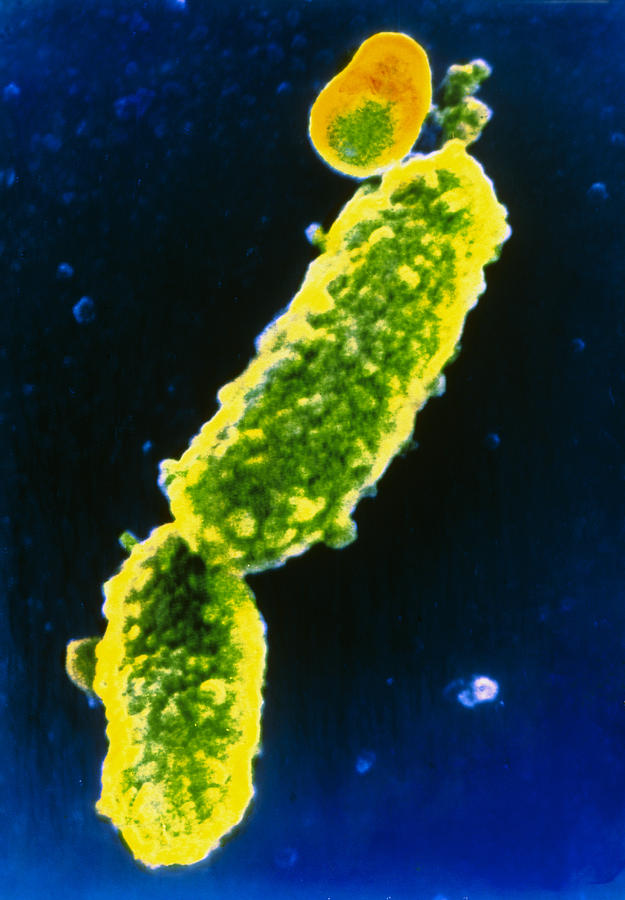I actually chose to outline two current events, in
different places, that correlate strongly with each other. The first article is
one from Australia. The article is titled Increase in Whooping Cough in Preschoolers May be Due to Removal of Booster Jab. The article was posted
on November 15, 2014, written by Sue Dunlevy, and it points out two factors that could be causing the increases in
pertussis worldwide. The first factor, which can be deduced from the title, has
to do with new vaccines wearing off sooner than previous applications for pertussis, effectively rendering children defenseless. The reason
the switch was made to these vaccines was because

Pertactin Molecule
of less severe side effects.
They are now currently looking into re-administering the 18 month booster dose and
urging people to keep up with the proper vaccination schedules, in order to
lengthen protection of the vaccination. Currently we are also seeing children
whose parents have kept up on vaccinations still contracting the
full-blown illness. This points out the
second and most alarming factor. We are now seeing pertussis bacteria mutating to
evade our vaccines. To briefly outline the mutation, it has to do with a specific
protein pertactin, which is a protein that helps pertussis bacteria adhere to the linings of
our airways. All current vaccines have pertactin in them so the body can build
antibodies to combat the protein when encountered. As of 2013, researchers
began finding strains of Pertussis that were pertactin. Current research shows
these new pertactin-negative strains are as transmissible as known pertactin-positive
strains. As a result, research is being done to sequence the genes of
pertactin-negative strains in an attempt to find an alternate target protein to
add into current vaccines to help combat the newer strains. New South Wales researchers have found
80% of pertussis cases in the state were in fact caused by mutated pertussis strains.

I chose a second article because this article hits a little closer to home than cases in Australia. This article was titled GT County Whooping Cough Cases Continue to Increase and was written by Sarah Elms on November 14, 2014. It is about a current pertussis endemic occurring in Traverse City Public Schools in Michigan. This outbreak began and forced the Grand Traverse Academy, a k-12 charter school, to close for the week to prevent the spread of the bacteria. Mike Lahey, coordinator with the health department, has confirmed 15 cases with a possible 167 cases linked to the school. He also notes the health department has confirmed at least one additional case of pertussis since Wednesday, November 12, 2014. This article correlates to the first factor in the other article because of the 15 cases, ten were either not vaccinated or properly up to date on their immunizations.
Until people begin to realize the severity of this bacteria and how easily it is for children to contract, cases will continue to rise. It is essential parents keep up with childhood vaccination schedules. Pertussis is a highly contagious, person to person spread disease. It can be spread by the simple act of coughing or sneezing while in close contact with others, who in turn breathe in the pertussis bacteria. Although the disease does not affect adults as severely as children, adults act as a viable transmission source to children. Adults who have the disease may simply think they have a cold and continue to interact with their child unknowing they harbor a potentially deadly disease to children. Keeping up to date on vaccinations is the only real way to combat the disease and currently, even that is not stopping the transmission. This blog is not to scare anyone, but rather to inform people on a particularly dangerous disease.
This video is a sad example of the severity of whooping cough and how an adult can unknowingly pass this disease to their child. My condolences to the Charles Family for their loss.
References
Dunlevy,
S. (2014, November 15). Increase in Whooping Cough in Preschoolers May be Due
to Removal of Booster Jab. Retrieved November 16, 2014, from http://www.theaustralian.com.au/news/increase-in-whooping-cough-in-preschoolers-may-be-due-to-removal-of-booster-jab/story-e6frg6n6-1227123589057?nk=b01ae48631184a
Elms, S. (2014, November 14). GT County whooping cough cases
continue to increase. Retrieved November 16, 2014, from
http://www.record-eagle.com/news/local_news/update-gt-county-whooping-cough-cases-continue-to-increase/article_3e02a954-c06a-5f00-9c7a-d97411b40b0f.html
PBS NewsHour (2012, August 22). Losing a Baby to Whooping
Cough: One Woman's Story [Video File] Retrieved from
https://www.youtube.com/watch?v=wV0cxeg8xCY
